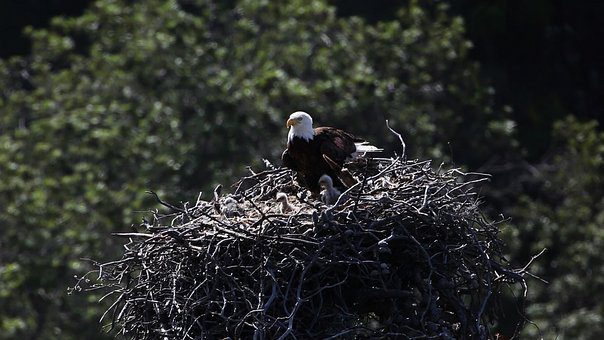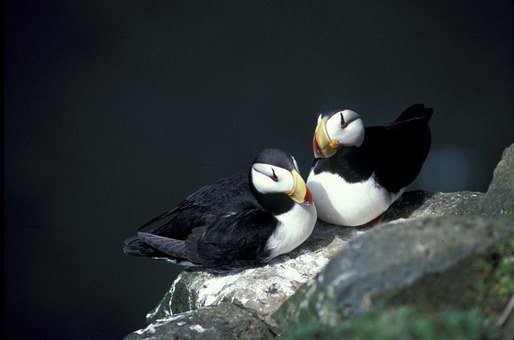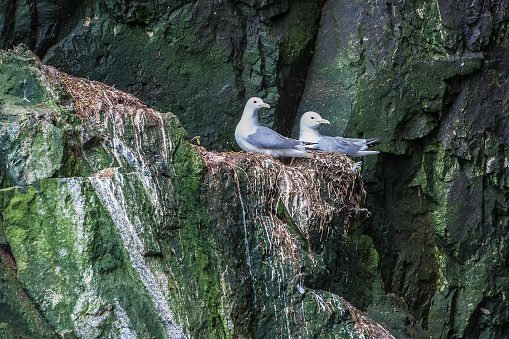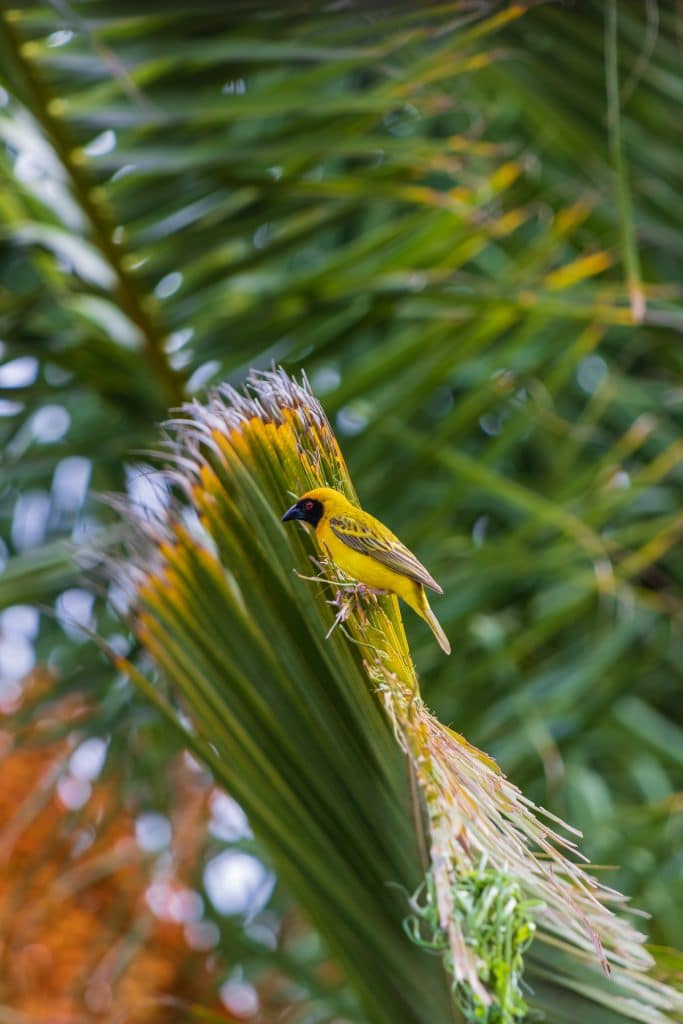Want to know where birds choose to lay their eggs? In a birds nest of course. But this doesn’t mean that all birds nests are the same. Today we look at different kinds of nests for different species of birds around the world. These all have different kinds of structures that are specifically built for raising their young.
1. Cavities and Burrows
Holes in trees are referred to as nest cavities, and underground nests are called burrows. Burrowing owls will sometimes dig their own nests, whereas other birds will rely on spots that have been dug out by other animals in the wild. Some other types of birds that are considered underground nesters include bank swallows, belted kingfishers and Atlantic puffins. Find out more about owls in Tanzania at https://www.tanzaniabirding.com/birding/the-usambara-eagle-owl-10-birding-facts/.
2. Floating Nests
Some waterbirds, including many ducks, choose to nest in grasslands far from water. Others, such as loons, grebes, coots and gallinules, make their Their eggs will sink, so the birds construct a floating nest out of natural resources such as cattail plants, reeds, other aquatic vegetation, or mud. They attach their nests to surrounding vegetation to camouflage them and to keep them from drifting off, eg. Wattled crane.
3. Cliffside Nests
Colonies of birds such as murres, razorbill and guillemots nest on shelves on the coastal cliffs. These birds do not usually build a nest structure, but rely on laying eggs that are pointed at one end which helps the eggs balance and prevents them from falling over the cliff edge. This is also a defence mechanism for the birds, providing more shelter from predators due to the difficulty of accessing the nesting area. But these cliff nesters aren’t found only on the coast. Other species of birds such as condors, ravens and falcons, use cliffs by building stick nests in the crevices of the cliffside.
4. No Hassle Nests
It does sometimes happen that birds choose to build very little nest at all. It does sometimes happen that birds choose to build very little nest at all. Laying and protecting eggs is still important to them, by they tend to be more opportunistic in nesting. Beach nesting birds such as terns and plovers lay eggs in a depression in the sand. The eggs laid by these species are suitably camouflaged in colour with speckles that match their surroundings. Sometimes extra debris from the adjacent areas are scraped together. As beaches become more developed, some of these birds have chosen to move their nests to rooftops nearby the beach.
5. Detailed Nests
Orioles and weavers are the seamstresses of the bird world. Their stylised pendant nests hang daintily from the outermost tree branches. The nests are impossible to miss during the breeding season. They will use whatever material is available in the area to stitch their bag nests together: long grasses, palms, even horsehair. They line the nests with soft materials such as plant fibres, feathers or animal wool.
6. Tiny and Flexible Homes
It should come as no surprise that hummingbirds, the smallest birds, construct the tiniest nests. These nests are artfully constructed on top of tree branches using plants, soft materials and even some spider silk webs. Some hummingbirds even decorate their homes with flakes of lichen. The nest construction is completed around the eggs with this soft lining which then stretches as the birds grow. Hummingbirds usually lay 2 eggs around the size of black beans, inside a nest that is about the size of a walnut shell, only several centimetres big.
7. In It for the Long Haul Nests
Considered the King of nest building is the Bald Eagle! In 1963, an eagle’s nest near St. Petersburg, Florida, was measured at nearly 3 metres wide, 6 metres deep and weighed over 2000kgs. Although this nest was extreme; most bald eagle nests are under 2 metres in diameter and about a metre tall. The building of this nest can take up to three months. Eagles will generally use the same nest year after year, adding to it over the years.

If you are looking for a memorable birding tour, consider our experienced guides to get you in the best spots to see that bird you have been waiting to see. You can get in touch with us from our website.








